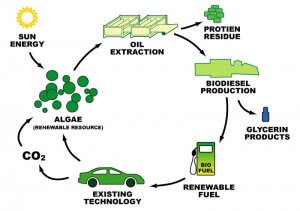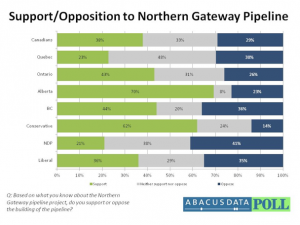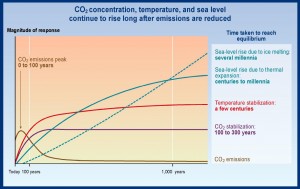The science fiction genre, in literature and film, has always had a difficult time appealing to a mainstream audience. While much of that is to do with poor writing and a focus on technology rather than art, it is also due to something Samuel Coleridge called suspension of disbelief. This is achieved when the writer involves enough of a human element, and enough universal truth, that the fantastical becomes believable. When the artist fails to achieve suspension of disbelief, the audience can’t take the fantasy seriously, and the narrative fails.
Outside of the realm of fiction, alternative energy sources are suffering from a similar challenge. Convincing those who may not have a grasp on the science that we can generate energy from something unexpected requires not only that we present the evidence, but also that we appeal to their imagination. To quote science fiction author and futurist Arthur C. Clarke:
Any sufficiently advanced technology is indistinguishable from magic.
With this in mind, it comes as no surprise that the American public is generally skeptical of efforts to create fuel out of algae. That thick, slimy, green pond scum that made many of us afraid to dip our toes in the lake, is a potentially game-changing source of energy. Soon after US President Obama promoted algae as an alternative energy source at a speech in Miami last month, the Republic presidential nominees launched a series of retaliatory strikes on “President Algae” arguing that his claims of algae as a fuel source were, effectively, science fiction.
But if we can ignore the politics of the issue for now, and focus on the science, then it’s clean that this is not as much of a ridiculous idea as some would argue. While the technology remains in its infancy, algae has the potential to produce ten times more energy per hectare than traditional biofuel crops such as corn or soybeans. Further, the land used for algae production can be arid, brackish, or otherwise unfit for agriculture, ensuring that any land lost to algae production doesn’t impact food supply. As with all biofuels, the carbon that’s released when it’s burned is offset by the carbon that it absorbs as it’s grown. Combined with energy-efficient transportation and infrastructure, algae biofuel could make up part of a varied and balanced low-carbon energy system.

Algae really is an amazing little plant. It has been used for centuries as a fertilizer, it’s edible and nutritious, has been made into biodegradable plastics, and has also been used as a natural pigment. Up to forty percent of the oxygen you’re breathing at this moment was produced by algae floating in our oceans. On top of this, it grows quickly, so harvest times are significantly shorter than traditional biofuel crops. If it’s so easy to grow and harvest, what’s holding us back?
The risks to algae-fuel production are real, especially when dealing with bio-engineered strains. Such algae, if it escaped into the natural environment, could run the risk of seriously disrupting and damaging the natural environment, though some scientists argue this risk is minimal as such strains would be uncompetitive against natural algae.
It also has a long way to go economically. Prohibitive costs of production given current oil prices, and lack of public support mean that we’re still many years away from filling up our tanks with green gas. But to pretend that it’s an impossibility, or that it’s purely within the realm of science fiction, does a discredit to those scientists, engineers, and investors who are looking to make it a reality. When the algae fuel marketing campaign heats up in the next decade or so, it will do well to take heed of Coleridge and suspension of disbelief. Make us believe it’s possible, make us believe it’s real, and we’ll have confidence that flying an airliner across the Pacific powered on green slime is not magic, it’s technology.
(Icon photo courtesy of BioShark Technology, biofuel cycle graphic courtesy of refuellingthefuture.yolasite.com)












